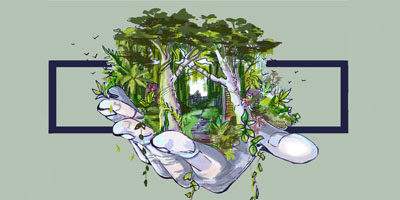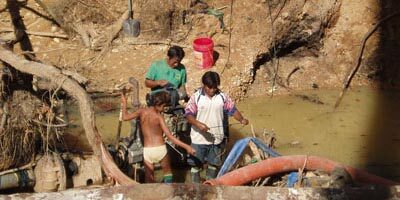“A wedding ring is the only ornament meant to be worn everyday for the rest of your life,” says Genevieve Ennis Hume, co-founder of Hume Atelier in Vancouver. Hume Atelier is a custom jewellery studio which sources all of its gold from fair-trade licensed artisanal and small mining communities.
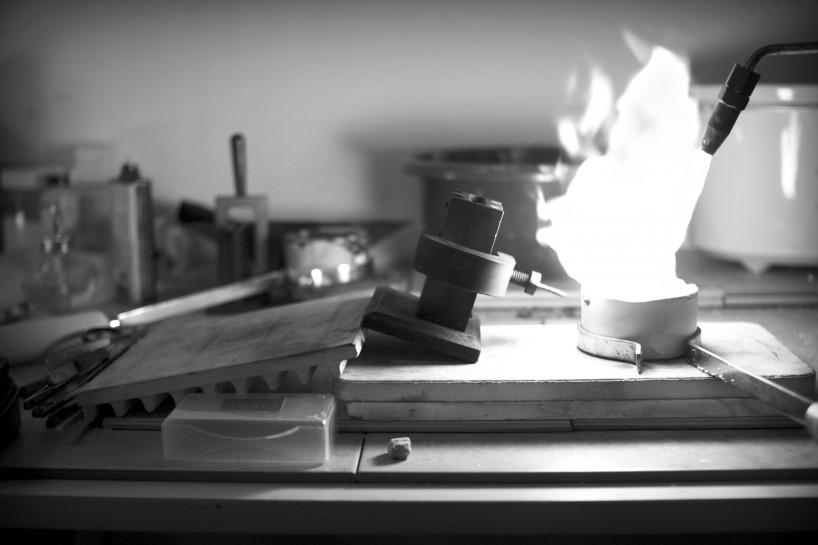
Rings are often symbols of love and commitment, but people who buy and wear them are often unaware of the metal’s source and method of production.
Will consumers pay a 10% premium for gold that is certified fair trade? Fair trade certification ensures direct relationships between retailers and their producers, who receive a 10% for their gold, plus an extra 5% if it is extracted without the use of mercury and cyanide.
The NGO Fairtrade UK estimates that 100 million people, from Asia and sub-Saharan Africa to Latin America, directly or indirectly depend on the artisanal and small-community mining sector for their livelihood. It is an industry characterized by poverty, child labour, environmental degradation, wage discrimination, and exploitation.
“The premium in the grander scale of things is pretty manageable, I think,” Hume said, but consumer awareness is relatively low. “The certification happened almost overnight, and even people engaged in fair trade or the mining industry are not aware of the recent initiative in fair-trade gold.”
Fairtrade International is an organization that sets international standards for fair trade products. Based in Germany, its goal is to “create opportunities for producers and workers who have been economically disadvantaged or marginalized by the conventional trading system.”
These standards were developed by the organizations Alliance for Responsible Mining (ARM), working in collaboration with the Fairtrade Labeling Organization (FLO), to promote women’s rights, environmental rights, and safe mining practices with the reduced use of toxic chemicals.
The Cotapata Cooperative mine in Bolivia, and Oro Verde in Colombia, are among the first to be licensed by the FLO. They are certified as ‘Fairmined,’ which assures buyers of the traceability of the gold and compliance with the Fairtrade International standards. The ARM was established in 2004 as a global initiative to promote environmental and socio-economic development in artisanal and small mining communities, through Fairmined-certified metals.
“Standard Zero” is the first global certification scheme for responsible mining. It is a set of principles and standards applied to artisanal gold, as well as silver and platinum. FLO launched these standards on the February 9th 2011. Consumers and fair-trade activists now wonder whether fairtrade mining will become a global movement, and if it will really empower the “poorest of the poor.”
“Standard Zero”
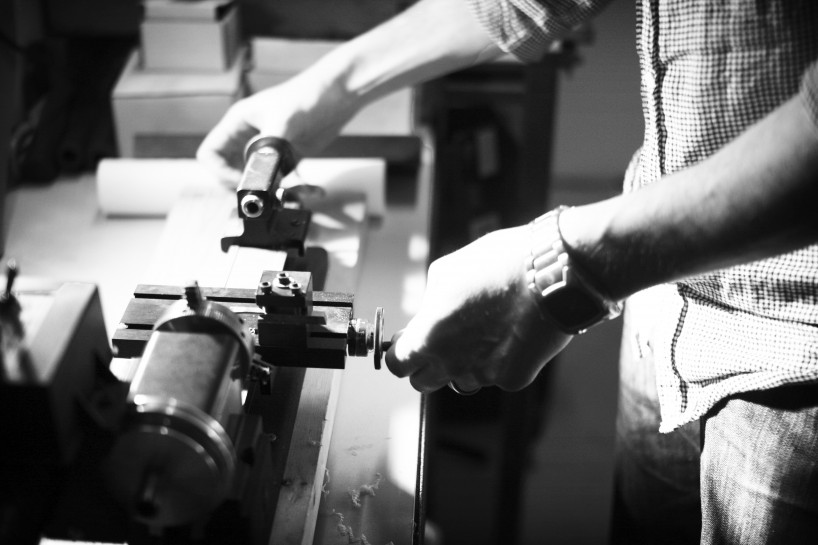
Dr. Gavin Hilson, professor at the University of Reading, UK, disagrees. He says that small-scale mines differ with respect to the local environment, the politics, and the degree of poverty. “For starters,” he says, “if you go to a small mine in Guyana and a small mine in Ghana, they are completely different from a small mine in Mali. Given that their dynamics differ significantly, there is a need also to recognize that the standards we’re implementing are not being applied to different countries appropriately.”
Hilson studies the environmental and socio-economic impact of artisanal mining, particularly in Sub-Saharan Africa, and natural resource conflicts in developing counties.
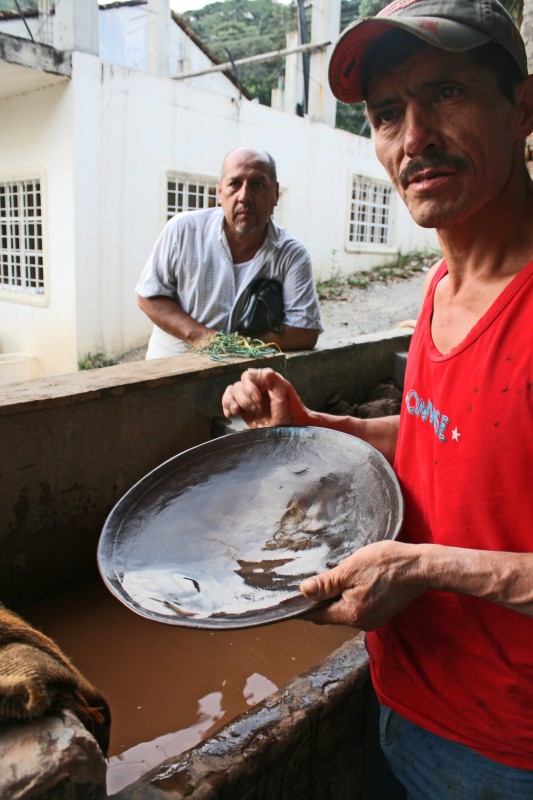
“It’s all about playing on the consumer’s conscience, and it’s unfortunate for the small guy in Africa. If you go to Ghana, or anywhere else in Sub-Saharan Africa, less than one percent of the small-scale miners are legal. If you go to the fair-trade website, they claim that fair-trade is all about helping the poorest of the poor. But if they are unable to help the majority of unlicensed miners, then it’s a contradiction from the beginning isn’t it? At the moment, these standards can empower very few small scale miners in this region.”
He says that the only way to make it a successful global movement is to recognize the different regional mining constraints, instead of replicating the Latin American standards launched by Fairtrade International. This adaptation, he says, “should be based on the dynamics that are a product of the socio-political conditions of country in question.”
Consumer power
In 2010, retailers and consumers spent $137.5 billion on gold jewelry. Consumers clearly have the choice and power to affect the supply chain of gold by investing in fair-trade certified gold.
Fairtrade UK has been at the forefront of this revolution in fairtrade mining, with a sister organization in Canada. 20% of roast and ground coffee, and 20% of bananas sold in the UK are now Fairtrade certified. It has doubled in value every 2 years, with an estimated retail value of ₤493 millions in 2007, according to Fairtrade International.
Although consumers may doubt the transparency and accountability of the fair-trade market, and the degree of its impact in uplifting mining communities, “the real sustainability is the aware and empowered consumers,” Mark Abbott, public relations representative of Fairtrade Vancouver, told me. “Credibility will be a constant battle. There is not a day in the foreseeable future where that challenge will be gone. Consumers must be aware of their powers or exercise it, whether it is gold or coffee. The trick is to build a movement that keeps pressing for change.”

